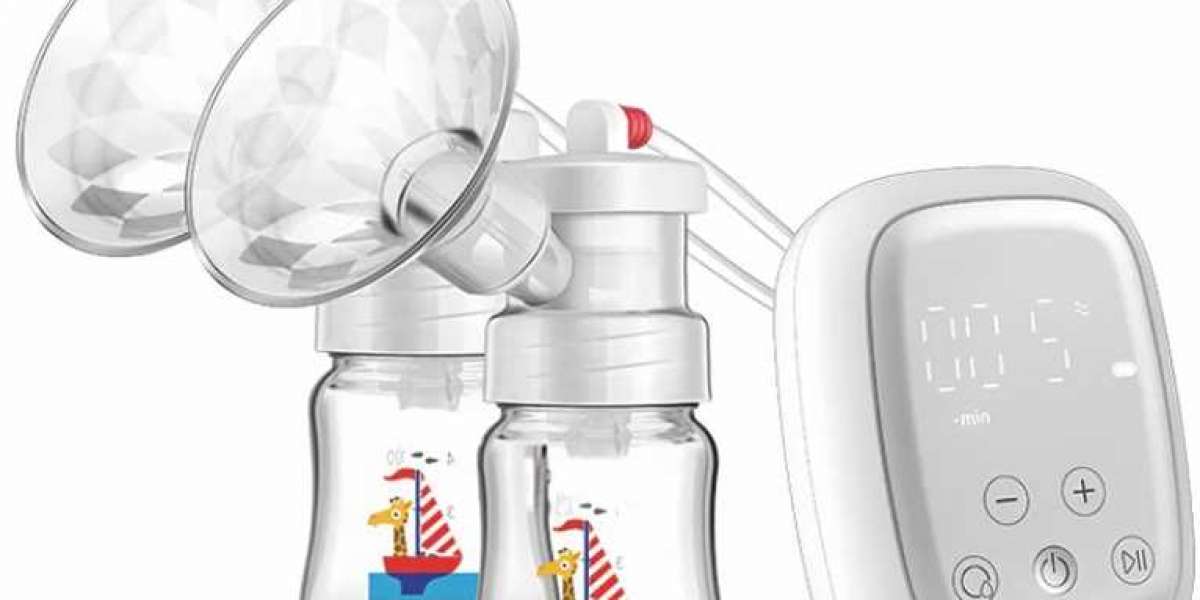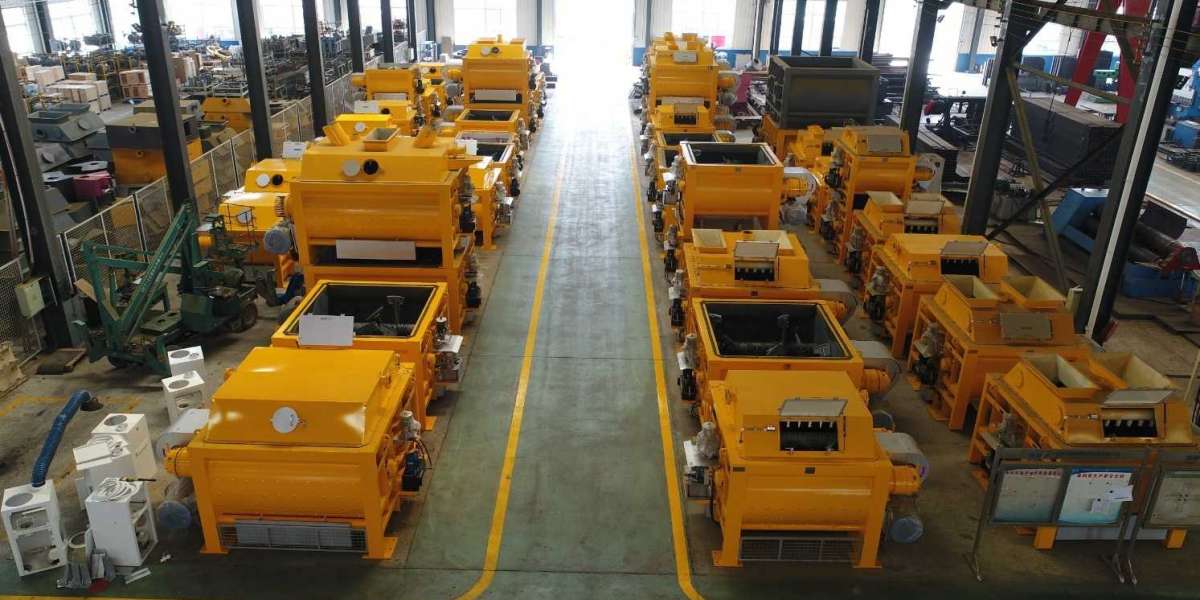The plastic tubes and corners of electric breast pumps are often referred to as the collection system. Originally developed as this style of a breast pump, the suction of the feed pump is through the collection system line. The design of this type of collection system is now referred to as an open system.
Most electric breast pumps use an open collection system. A closed collection system with a barrier or diaphragm separating the pump tube from the horn. In this design, the suction pump motor lifts the diaphragm to create a vacuum collection system to extract the milk. Open system/intake air can pass freely. Bacterial and virus filters can be present to prevent any contamination or spillage into the pump motor. The suction of the pump mechanism motor is delivered directly to the mother's breast against an indirect and closed diaphragm system.
An open collection system allows more meteors/air intake and may be more effective for most women. These systems can compensate better for different tissue elasticity and breast sizes and shapes. When an open collection system is used, the suction of the pump can cause milk to overflow into the collection system piping, which can cause milk particles to be sucked into the pump motor. If milk leaks into the pump's tubing, the tubing should be cleaned, sanitized, and air-dried before using the pump again. Failure to thoroughly clean the collection tube may lead to mold growth in the tube. Some models of pumps have bacteria and overflow filters that prevent milk from entering the line.
The open acquisition system of subtype A is a source of attraction for single users. These types of pumps, with added hygienic benefits, generate suction for all parts that come into contact with breast milk and all parts of the mother's stay, the suction produced is drawn to the outside of the pump and can be purged, providing excellent protection against cross-contamination. These pumps are rental or hospital-grade breast pumps. With this type of pump, the chance of cross-contamination from mother to mother pump is virtually eliminated.
The diaphragm in a closed system eliminates the possibility of milk being able to spill into the pump tubing. Closed collection systems are marketed as more hygienic than disclosed collection systems because the milk is not exposed to the pump motor. It is important to clean the diaphragm as condensation or milk may cause bacterial contamination to reach this part. If the diaphragm becomes contaminated, this can defeat the purpose of the closed system.
To prevent outside air from contaminating the breast milk collection bottle, preserving the purity of the milk is an obstacle to the sale of breast pumps in a closed collection system. The diaphragm can limit the amount of air/inhalation that can be used to extract milk from the breast. It also may not compensate for the enlarged size of the shield as well. There are no design studies comparing open versus closed systems. Most of the information is marketing materials without research to back them up.
As a breast pump manufacturer, Nartisan introduces the precautions for breast pumps and breast pumps, so that you can better understand breast pumps. Welcome to buy.








